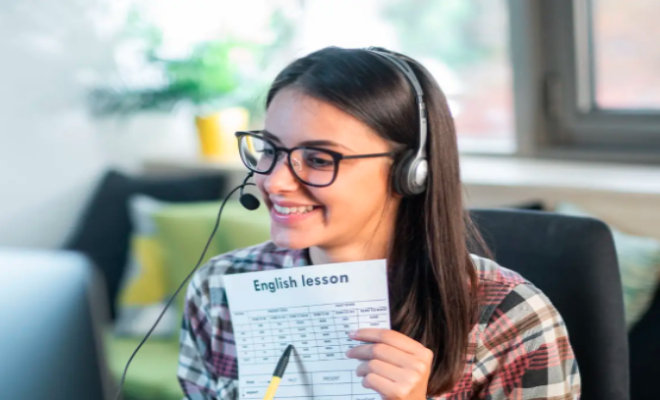Tips for ESL Teachers Adapting to Different Students

Develop a rigorous teaching plan, carefully prepare teaching materials, and then begin to expect students to take an English class exactly according to your plan and achieve your teaching goals successfully.
In fact, interesting stories you have prepared may be seems boring in the students’ eyes, and some simple grammatical structures may be a huge challenge for students. This requires ESL teachers to adapt to different students based on the specific situations.
To successfully adapt to different students, ESL teachers need to develop corresponding lesson plans and classroom activities based on students' language ability and interest.
Language Ability
1) Simplification
The professional explanations in the dictionary may be too academic for students to understand. Only by simplifying sentences, phrases and even words into small blocks can students truly understand their meaning.
You can flexibly use methods such as reading, writing, drawing, and displaying pictures to help them establish learning connections. For example, you are introducing various fruits to students, but they can't remember the spelling and pronunciation of "watermelon". You can try to split "watermelon" into "water" and "melon" and let them read it out rhythmically, like “water-melon”, “water-melon” and repeat it again.
2) Extension
Expansion allows students to learn to use the target language correctly. For example, your teaching goal is that students will learn 6 new words about color in 30 minutes, while your students master all of them in only 20 minutes. In this time, you make good use of the remaining class time to teach them how to put words in the sentence frame. Some examples like,
"I have a red apple."
"Mom bought me a blue shirt."
“Do you have a white bottle?”
Student Interest
1) Personality Type
Whether it is an adult or a child, everyone has his/her own personality characteristics. So, do you have a group of shy students or energetic students? Before formulating teaching strategies and activities, you need to learn about the character of the students. Shy students usually sit there waiting for you with a smile and you may need a doll to say “hello” and introduce yourself since meeting an adult stranger will make them feel nervous and scared. And lively students will usually greet you enthusiastically, and you need to create some "lively" activities for them, such as singing and dancing.
2) Interests
It is undeniable that the interests of learners will be different, but humans always like something special at a certain age. Most young learners will be interested in playing games, drawing, crafting, etc. so that you can add these activities to your lesson plan. For those older learners, they may have a particular preference for a subject or sport. You are able to get the information by talking to them, which is also conducive to building friendship between you and your students.
-
How to Make eLearning Content Alive for Your Students?
Sometime elearning could be boring, but do you know how to make elearning content come alive? Find o... -
How to Find Legit Online Teaching Positions
Explore how to find legit online English teaching and tutoring jobs, avoid scams, and launch a flexi... -
Can I Get a Teaching Degree Online?
Getting a teaching degree is essential of course. So, what about if you teach online? Learn how you...








